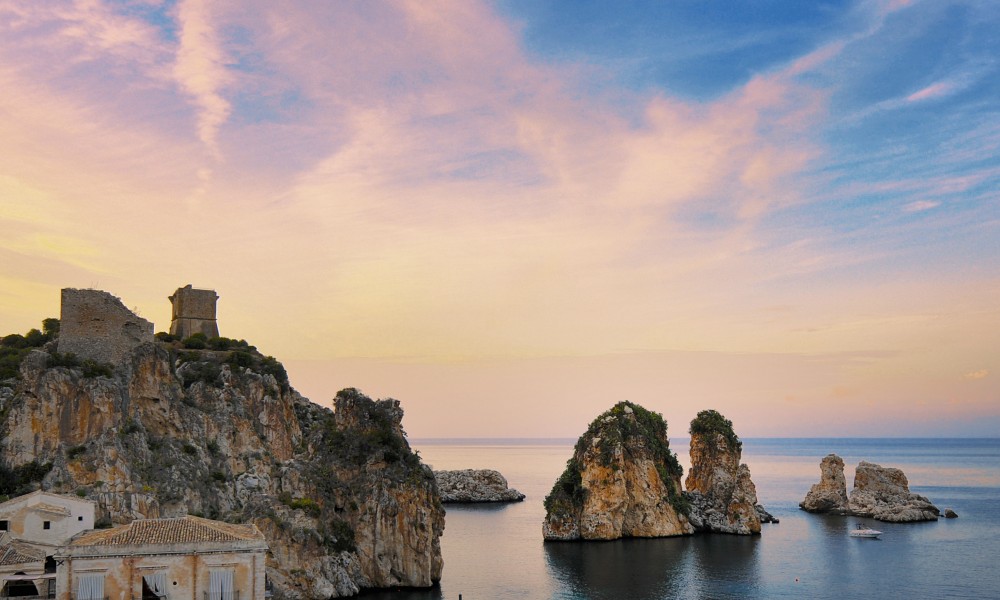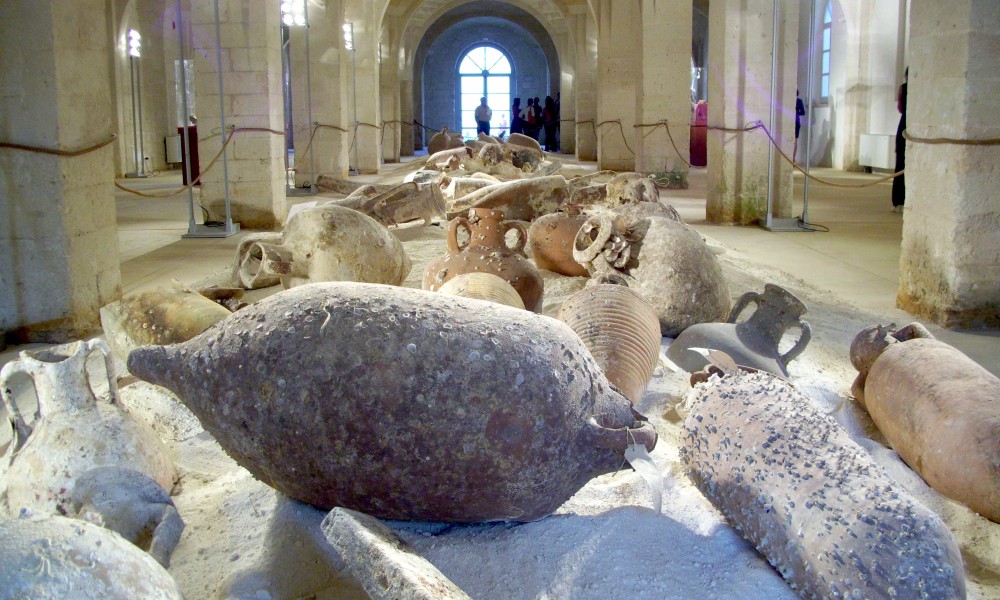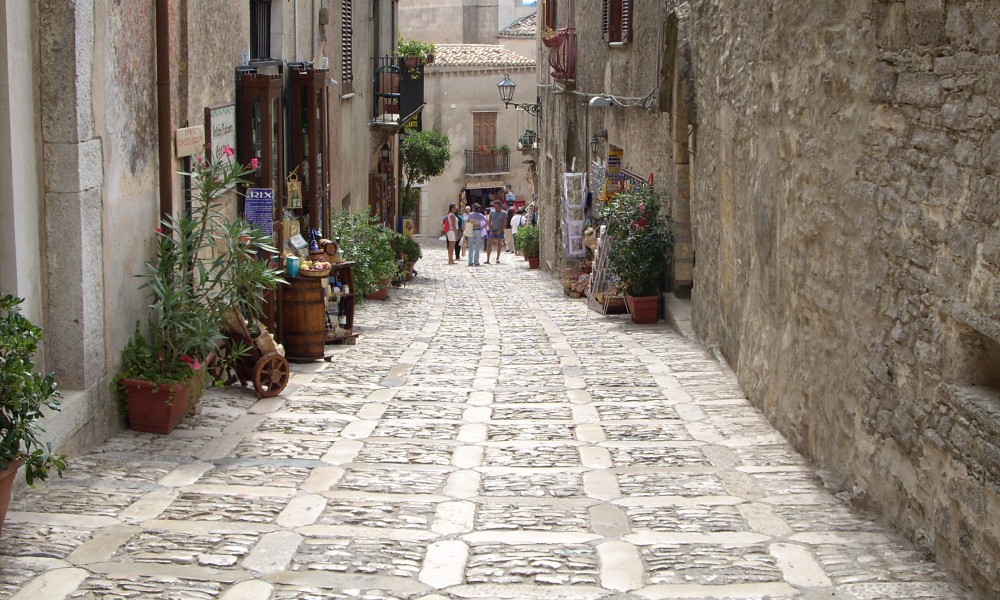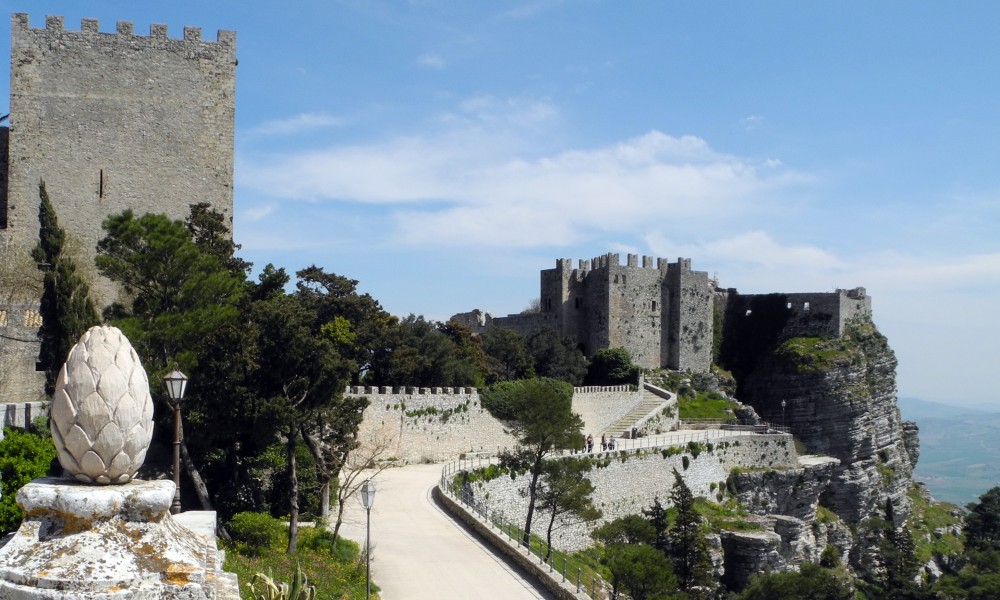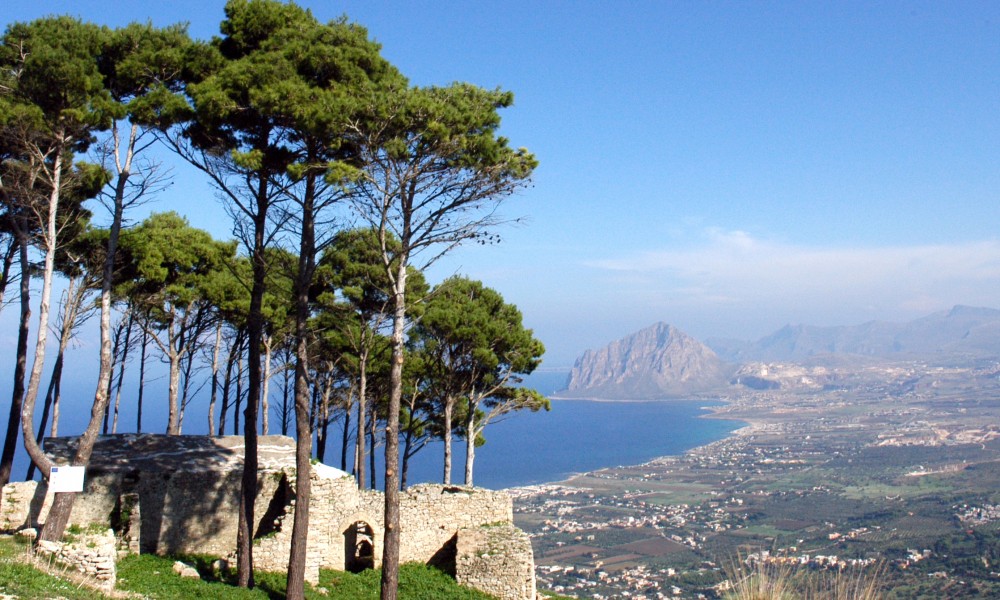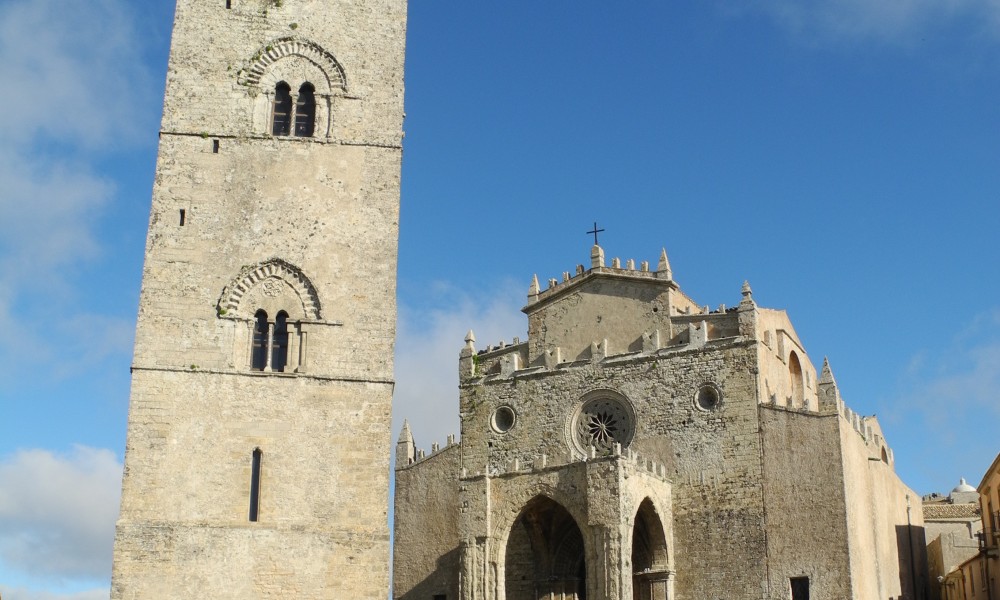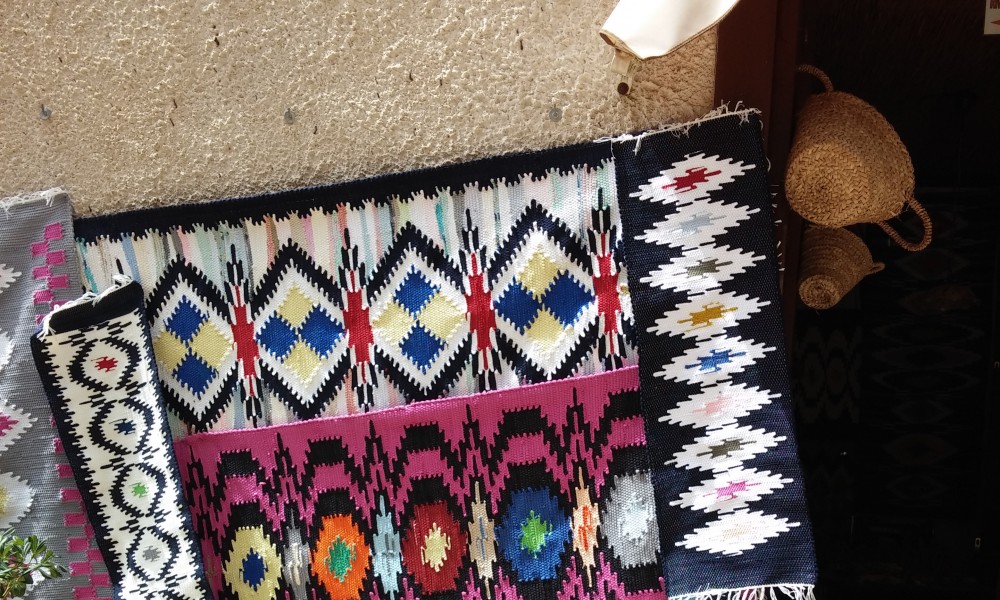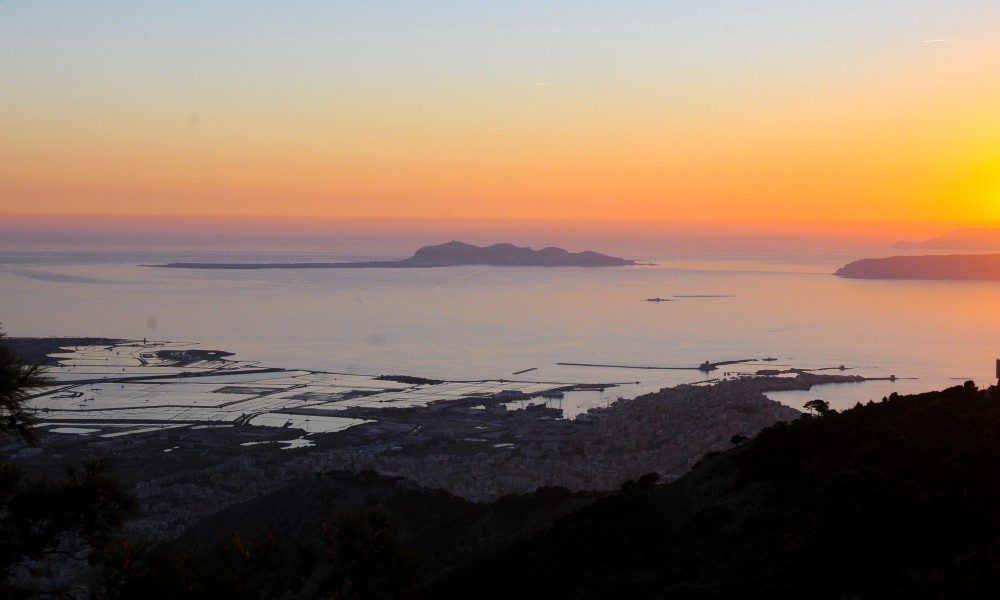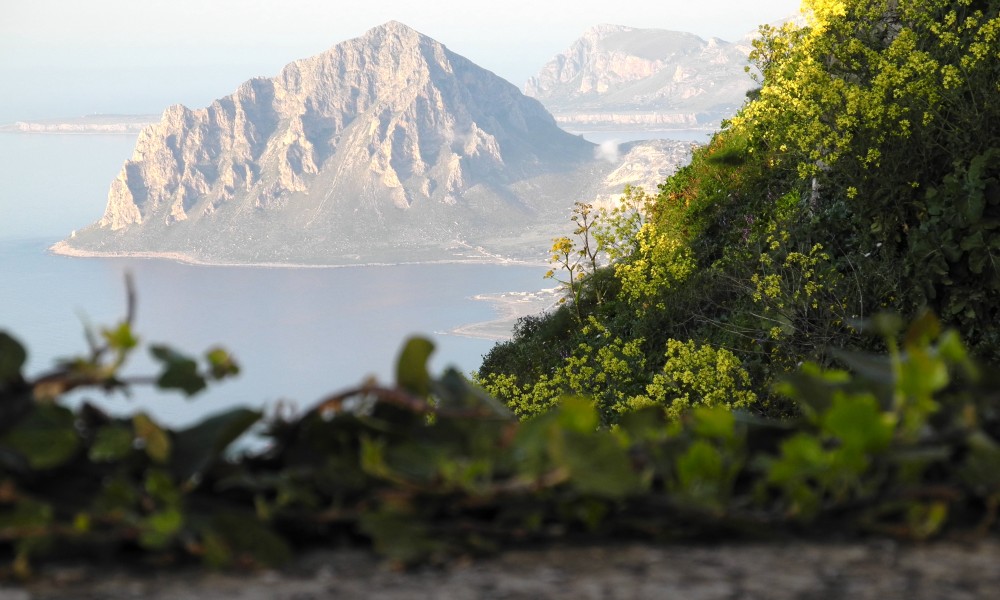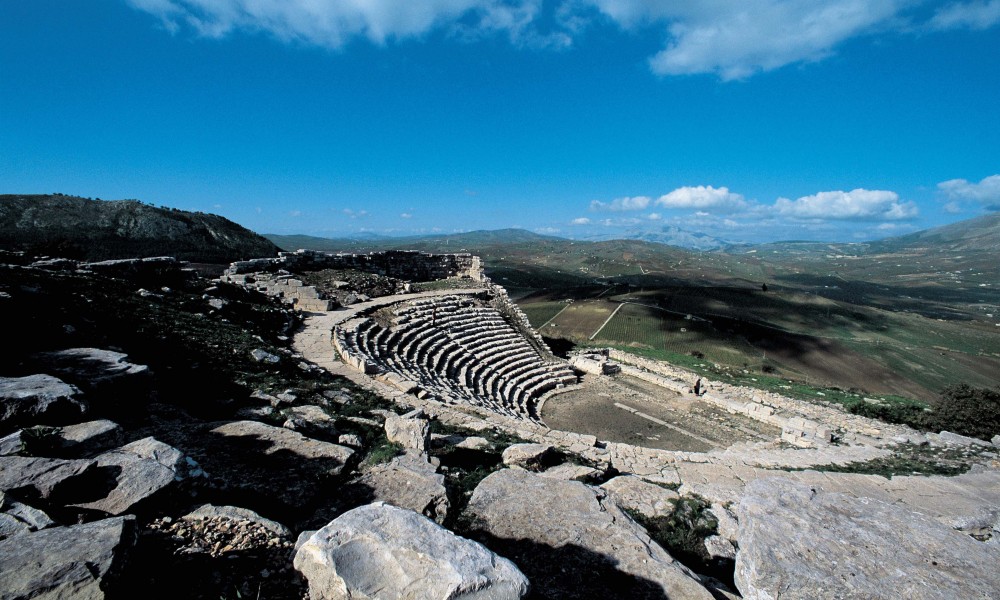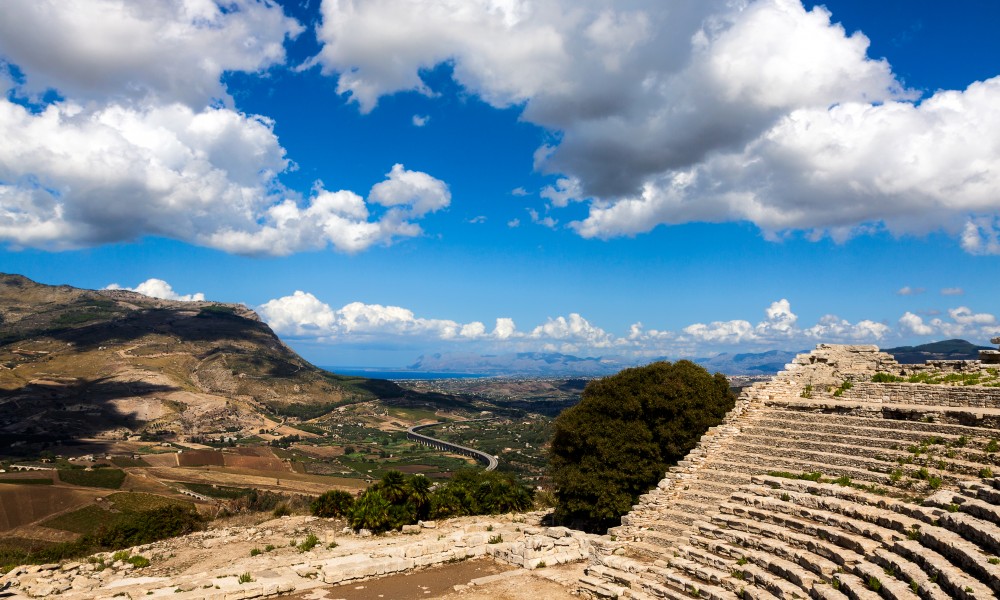Where the stones tell an age-old story
Like all over Sicily, the civilizations that have followed one another over time have left their marks on buildings and monuments that, even today, strongly characterize the territory, fascinating with their silent presence. This is the case of the watchtowers perched along the entire coast, which can be reached by following natural paths that wind between dwarf palms and Mediterranean scrub. Close to San Vito Lo Capo, towards the east are the Towers 'Mpisu and that of Uzzo, moving towards Trapani, that of Isulidda and then the Tower of San Giovanni on Monte Cofano, all with a square plan and designed in the 16th century by Florentine architect Camillo Camilliani, in charge of equipping the island with a coastal defence system.
Even the tonnare (tuna fisheries), establishments for fishing and tuna processing, are characteristic buildings on the stretch of coastline that goes from Castellammare to Trapani. Those testimonies to industrial archaeology are the Tonnara del Secco, in San Vito, and the Tipa one in Trapani, while those that can be visited are those of Scopello and Bonagia and the museum complex of the Tonnara Florio in Favignana, the largest of the Egadi islands.
Moving away from the sea, there are many points of historical and cultural interest, material heritages of this part of Sicily, among which the medieval village of Erice and the ancient city of Segesta predominate, both - according to Greek historical sources - founded by the Elymians, a population of Trojan origin that arrived in Sicily crossing the Mediterranean.
Erice, one of the most beautiful medieval villages in Italy, has represented, over the thousands of years, the fulcrum and point of origin around which the whole territory has developed. A visit to this splendid town perched upon the mountain of the same name is a must, moving along the narrow paved streets to admire the beauty of the urban layout, the small protected courtyards on which the houses open, the artisan shops and the many churches and convents, created to contrast what was the millenary cult of the fortified city: that of the Ericina Venus. Of her temple, built and dedicated, first, to the counterparts Astarte and Aphrodite, there are still visible ruins that testify to the importance of the Goddess for travellers from all over the Mediterranean. Alongside the Themenos, on the same rock, the crenellated Norman Castle, together with the Balio Towers and the Garden of the same name, strongly characterize the village and it is from the belvedere on which they open that the gaze sweeps from east to west embracing the entire territory downstream, over land and sea, from Castellammare del Golfo to Trapani and the Egadi Islands.
Segesta, one of the most important archaeological sites in Europe, was originally born as an Elymian city founded on the summit of Monte Barbaro, in the Trapani hinterland, to which over time Greek-Roman and medieval buildings have been added and superimposed, testified to the former from the agora, the latter from the walls and the Norman castle. Enclosed in a single Archaeological Park, these precious testimonies have undisputed representation in the most evident structures of the place: the Doric Temple, a splendid building at the base of the settlement, and the Greek Theatre, partly excavated in the rock, to which the entire valley below serves as a backdrop and which is still today a place of theatrical performance. Both are essential destinations for visitors from all over the world.


